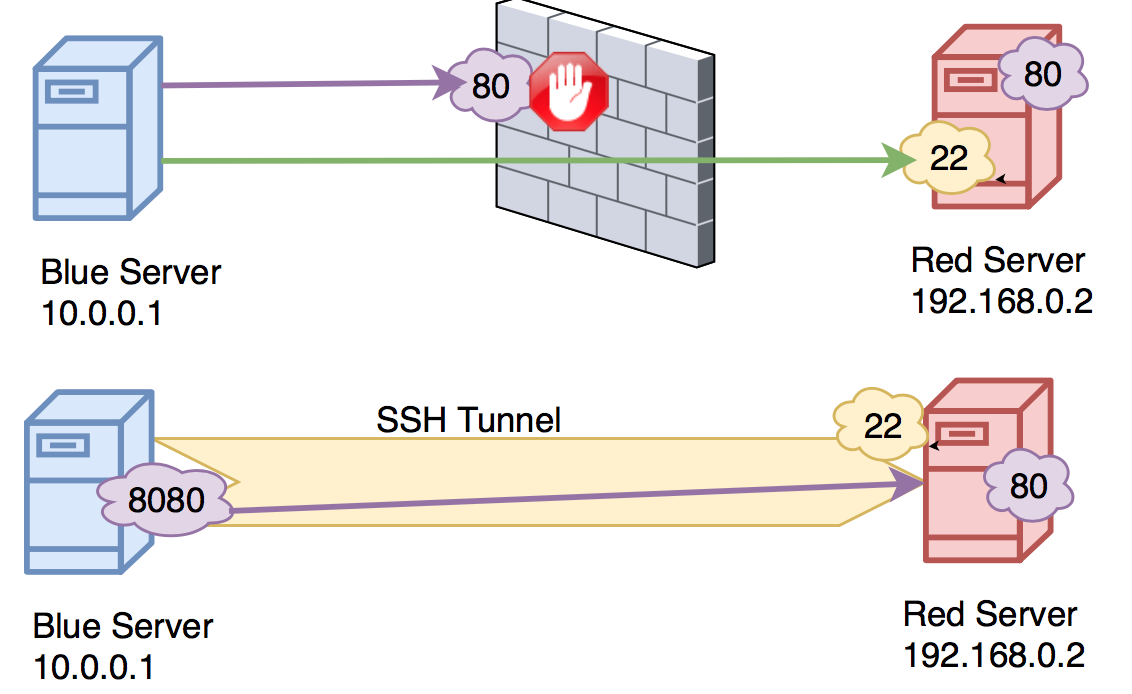
Under “Forwarded ports” select “Local”, and then click “Add”.For example, you might enter “if you’d like your tunnel to send its traffic to the http port on the host Next fill in the “Destination” field, enter the destination hostname or IP, followed by the destination port number.Under “Source port” put down the local port number you want to connect to for forwarded traffic.Click through “Connection” > “SSH” > “Tunnels” from the “Category” panel.For “Host Name”, enter the hostname / domain or IP of the server you want to connect to.Follow these steps to set up an SSH tunnel with PuTTY::

You will also need the hostname or IP address of the remote SSH server, as well as the username and password (or other authentication method) for an account on that server. To use SSH tunneling with PuTTY, you will need to have a working installation of PuTTY on your computer.
Create ssh tunnel from browser how to#
In a future article, we will go through how to use Putty to establish a socks proxy as another sort of tunneling.

Under this approach, all other traffic would proceed normally, and in order to use the tunnel, you would need to directly connect to the tunnel’s local IP address and port. This article will describe one kind of static SSH tunneling, in which every communication that passes through the tunnel is forwarded to a certain destination host. This is useful for applications like MySQL where remote server access is necessary, but the application’s default means of remote access is less secure than SSH. SSH tunneling, also known as SSH port forwarding, maps a local IP and port to a remotely accessible resource, allowing local applications to make remote connections in a secure manner.


 0 kommentar(er)
0 kommentar(er)
